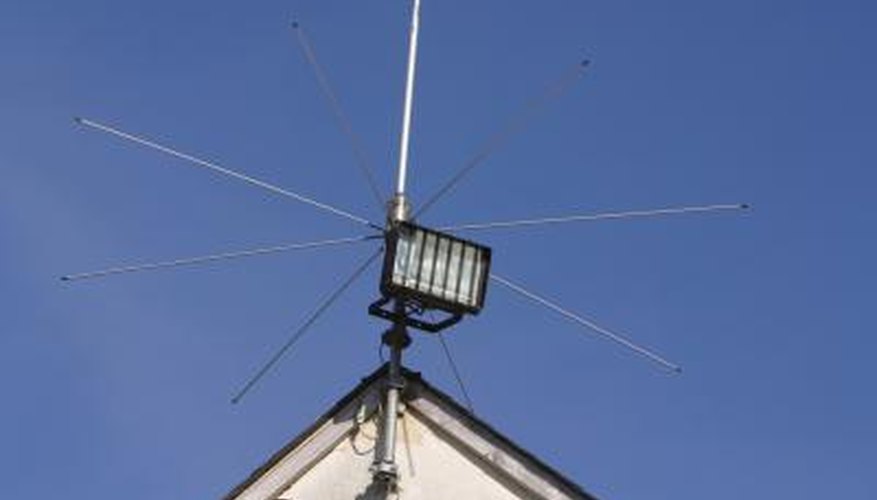Amateur radio, or ham radio as it's popularly known, was the first widespread system of wireless communication for civilians. Many enthusiasts acquire a specialist's knowledge of radio transmission, and of technology in general. Others get involved in the hobby for social reasons, or simply to have a means of long-range communication that doesn't require monthly fees. For the latter group, versatile transceivers like Yaesu's FT-897 and FF-897D are very popular.
General Description
The FT-897 and 897D are multiband amateur radio transceivers, both with a wide range of menu-driven features. They are popular with casual users for their versatility and ease of use, while many advanced enthusiasts consider them a worthy secondary unit. Either can be mounted in a vehicle for mobile use, or permanently installed as a base station. At its introduction in 2002, the FT-897 was the first such unit designed to run on internal batteries, making portable use possible. The units transmit at 20 watts in portable use, or 100 watts with external power.
- The FT-897 and 897D are multiband amateur radio transceivers, both with a wide range of menu-driven features.
- The units transmit at 20 watts in portable use, or 100 watts with external power.
The Differences Between the FT-897 and FT-897D
The original FT-897 was introduced at the 2002 Hamfest in Dayton, Ohio. The big news that year in the amateur community was the allocation of a new portion of broadcast spectrum for amateur radio use, in the 60-meter band. The FT-897 did not have the ability to operate in this band of frequencies, as it had not yet been available during the design stages. The FT-897 D adds this band, as well as a temperature-controlled crystal oscillator (TCXO-9) that was optional on the original FT-897.
- The original FT-897 was introduced at the 2002 Hamfest in Dayton, Ohio.
- The FT-897 D adds this band, as well as a temperature-controlled crystal oscillator (TCXO-9) that was optional on the original FT-897.
The 60-Meter Band
The 60-meter band is broadcast on frequencies in the five megahertz range, with the term 60-meter deriving from the wavelength of the radio signals. This section of bandwidth is already in commercial and military use, so there are limitations on its use by amateurs. In the U.S., use is restricted to five specific channels, upper sideband mode, and voice transmission only. The FT-897D provides push-button access to these five channels, ensuring that its users remain in compliance with the legislation.
- The 60-meter band is broadcast on frequencies in the five megahertz range, with the term 60-meter deriving from the wavelength of the radio signals.
- In the U.S., use is restricted to five specific channels, upper sideband mode, and voice transmission only.
Temperature-Controlled Crystal Oscillator (TCXO)
A temperature-controlled crystal oscillator is a common upgrade for many sets. Yaesu added one to the FT-897D, without a corresponding increase in base MSRP over the previous model. The oscillator is used to compensate for temperature changes experienced by sets in portable and mobile settings, such as a car or an RV. Temperature changes may affect the stability of set's signal at high frequencies, and in certain operating modes. Although not universally required, the inclusion of an oscillator in the FT-897D does make it more broadly versatile.
- A temperature-controlled crystal oscillator is a common upgrade for many sets.
- The oscillator is used to compensate for temperature changes experienced by sets in portable and mobile settings, such as a car or an RV.
